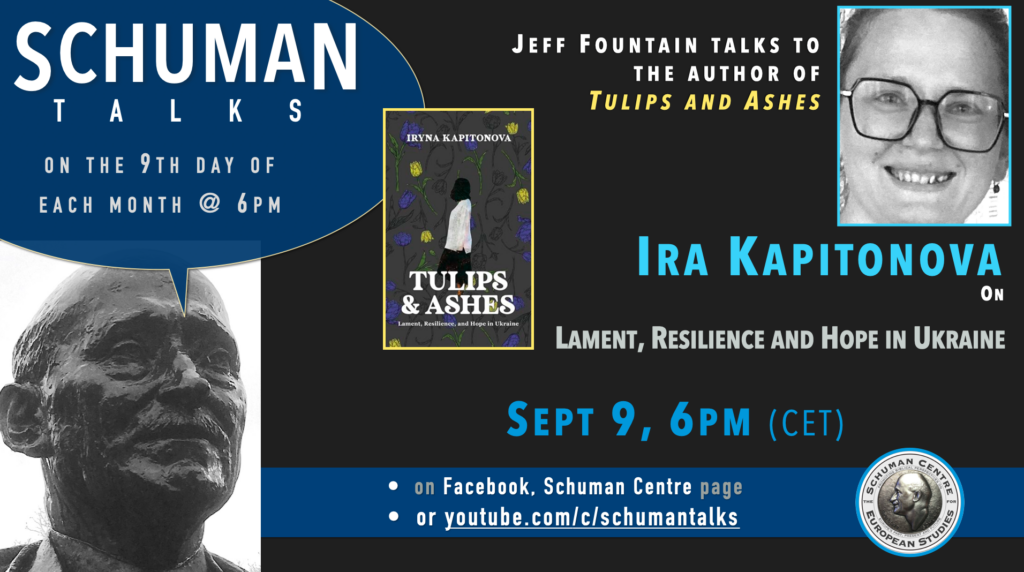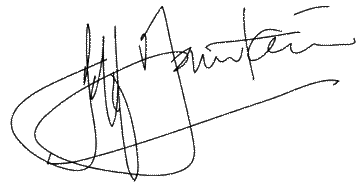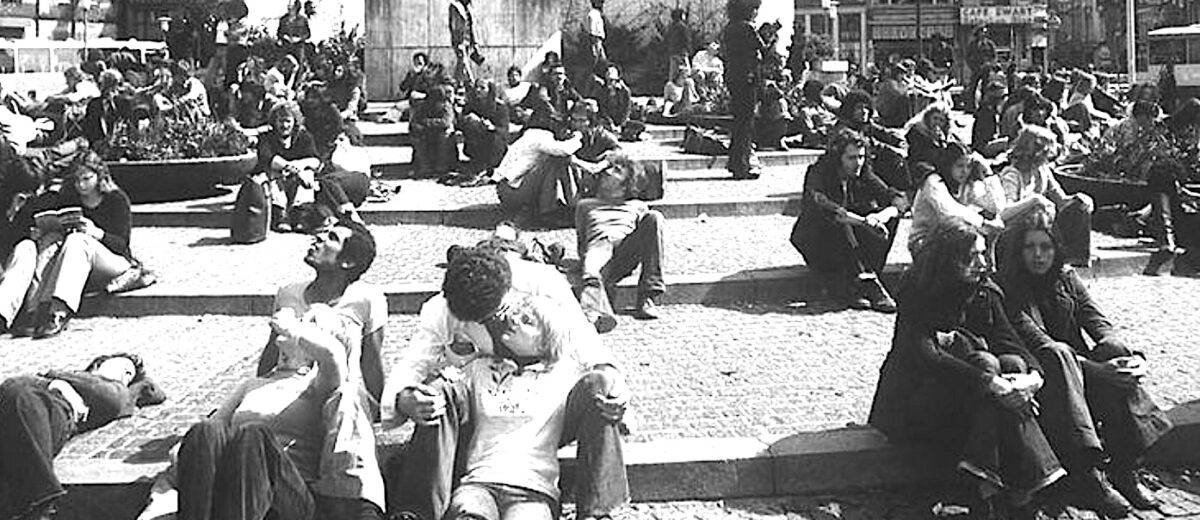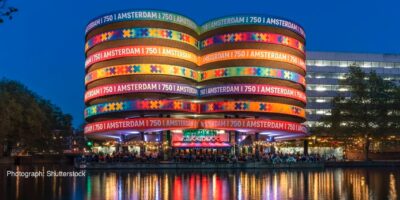Today on the Dam Square in the heart of Amsterdam, various city churches are joining in a Jesus Celebration to mark Amsterdam’s 750th anniversary. For in 1275, Amsterdam was first officially recognised by the granting of toll privileges.
A Jesus March, a boat parade through the canals with worshipping bands from different congregations, and a continuous programme of worship and testimony from a platform on the Dam Square will make Amsterdammers and visitors alike aware of the colour, vitality and diversity of the church in the city.
As part of this day, I have been asked to do something which will prove to be either very brave or very foolish. That is, to attempt to tell the nine-century-long story of Amsterdam in a captivating way!
When first asked I thought, ‘bad idea, wrong setting’. But slowly I began to realise how much the Dam Square itself has witnessed so many dramatic and significant events over these nine centuries. Perhaps it could hold the audience’s attention.
Like that March morning in 1345 when a servant girl ran over the Dam from the Kalverstraat towards the St Nicolaas Church (now the Oude Kerk) clutching a small box. ‘Father! Father!’ she cried to the priest, ‘a miracle has happened! God has turned up in Amsterdam!’
I have written about this before explaining how and why the girl ran back and forth several times over the Dam in an event which led to Amsterdam being declared a miracle city, a place of pilgrimage. Thousands from all over Europe came to the city seeking special spiritual blessings, including two Holy Roman Emperors, Maximilian and Charles V.
Hub of the world
The Dam witnessed some gruesome punishment of those first preaching the Reformation. One poor widow of a martyred Anabaptist, Anneke Jansz, was tied to a ladder and tipped into a bonfire on the Dam and burnt to death – for refusing to allow her baby to be baptised!
Then on May 26, 1578, a Protestant crowd dragged the Catholic city fathers out of the town hall on the Dam, marched them into two waiting boats and exiled them from the city. From then on, Amsterdam was a Protestant city, free from control of the Catholic Church and Emperor. Freedom under God – the freedom to do what you ought in the fear of God and to follow one’s own conscience, to explore his Book of Works, creation, as well as his Book of Words, the Bible – unleashed a century of innovation, exploration, discovery and prosperity.
The Dam became the hub of the financial and trading centre of the world – ringed by the world’s first stock exchange, the world’s first multi-national trading corporation (the VOC/East Indies Company), the world leading shipbuilders and the world’s best map-makers. Amsterdam became known as the ‘bookshop of the world’, with more books being printed in the Netherlands than in all the rest of the European countries put together.
Attracted by Amsterdam’s freedom of thought and speech, philosophers like Descartes and Locke traversed the Dam frequently in daily discourse of conversations, lectures, writing and publishing, developing the ideas which would shape the modern mind. While both were believers whose faith was undergirded by reason, later philosophers in France and England insisted that only that which was reasonable could be accepted. In the Age of Reason, freedom to follow one’s own reasoning meant freedom without God – freedom to do what you wanted.
In salons, taverns and homes near the Dam, 19th century writers, poets, philosophers and lawyers reacted to rationalism in the Romantic movement, insisting that humans were feeling beings and had souls needing nurture. Some leading Amsterdammers were inspired by the Réveil, originating in Calvinist Switzerland, to new spiritual life and social activism. New movements engaged with the poorest sectors of the city, and are still active today.
Jesus Revolution
One young minister influenced by leaders of the Réveil declared from the pulpit of the Nieuwe Kerk on the Dam, one day in 1880, that ‘there is not one square inch of human life where Christ, who is sovereign over all, does not say, Mine!’ This was how Abraham Kuyper launched the Free University (Vrije Universiteit), free from church and government control, to train young professionals to enter the public square in education, journalism, politics and enterprise, as well as the church, to promote God’s kingdom in all spheres of life. One of Holland’s most influential statesmen, Kuyper was prime minister as the 20th century dawned, and his profound influence can still be seen in Dutch education, media and politics.
Two world wars and a depression dominated much of the 20th century. When peace came in May 1945, Amsterdammers emerged onto the Dam in celebration. Suddenly from a balcony on the corner of the square, German officers started firing into the crowd, killing some 30 unarmed people.
Yes, the Dam has witnessed nine centuries of history-shaping events. In the early 1970s, hippies and world travellers gathered on the Dam in a cultural and sexual revolution. Some of these seekers encountered Jesus and joined the Jesus Revolution.
This same Jesus is being celebrated again on the Dam today.

Till next week,


